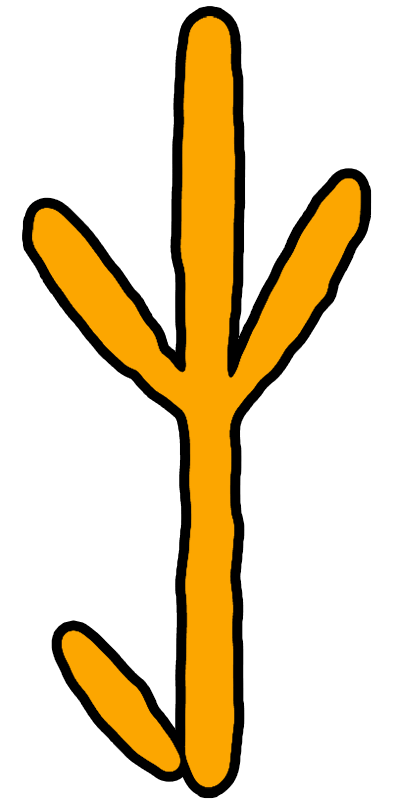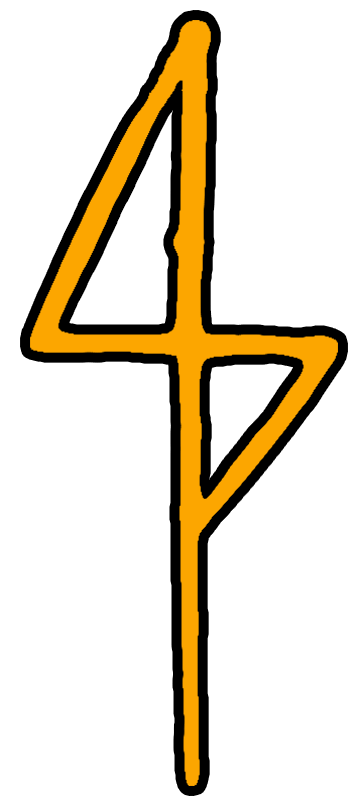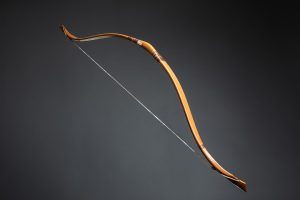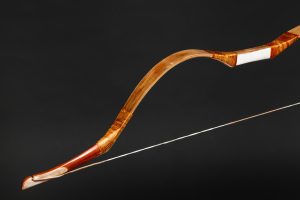
ATTENTION!
Our website contains bows*.
If you are a visitor for professional purposes, log in as our pages contain information for professional purposes only.
In all other cases, please leave our site.
By clicking the "ENTER" button, you declare that you are a visitor for professional purposes only, and that you only need the information on the page for professional purposes.
*Based on the 175/2003. government decree, the bow is considered an instrument of increased danger to public safety. We are not responsible for violations committed with a bow.
ENTER
Middle Ages Hungarian Base bow
Information!
There may be color differences in the picture compared to reality!
You can write it down in the comment section at checkout if you have an idea about the colors.
Bows are usually made from 25-70#. Bows can be made between 75-140#, but only certain models.
From 75#, there is no warranty and we do not take any responsibility for the bows. The buyer must make a written statement of this, that he acknowledges it, and we will charge a +50 EUR cost. Decorative painting is +150 EUR.

Featured Bows
Our bows, which are more special than average and define their product category, deserve special attention.


Who are the Hungarians?
The Hungarian name probably originated from the name of Prince Muagyer, who saved the ancient religion for half a thousand years.
Around the 5th century, a great nomadic people movement in the steppes forced the proto-Hungarians out of their homeland in Western Siberia and forced them to migrate westward. During his migration, he first settled between the Volga and the Urals, then in Onogoria between the Don and the Dnieper. Their 7 tribes lived here, and Lebedias was at the head of the tribes, which is why this area was called Lebedia, i.e. Levédia, after him. During this time, the neighbors of the Hungarians were the Khazars, most of whom were Jewish and Mohammedan. The Hungarians and the Khazars made an alliance against the Pechenegs for three years, and Lebedias even married a Khazar woman, from whom he had no children. The continuous attacks of the Peshen brought about another change of location for the Hungarians. A part of it moved east towards Persia, another part moved west to Atelkuz, i.e. Etelköz. The Khazarian khagan then summoned Lebedias to make him the prince of his nation. Lebedias thanked the khagan for his willingness, but he did not accept it, instead proposing Álmos or his son Arpadés (Árpád).
The chieftains elected Árpád as grand prince. Due to the continuing Bulgarian and Besheny attacks, the Hungarians of Etelköz could not stay in their previous residence, but migrated to Transylvania. On the steppe criss-crossed by rivers, there was no time or way to bring their slow-moving sheep and lambs with them and transport them across the rivers, so most of the livestock perished. The year 895 resulted in the occupation of the half of the Carpathian basin east of the line of the Danube, and around 900 they captured Pannonia as well with smaller battles. The Fulda Annals write about it like this: the Hungarians “returned to where they came from, to their own, Pannonia, for the fourth time, now for good. After settling, a part of them led an adventurous lifestyle. The Hungarians mainly caused fear with their arrows. This is how the chroniclers write: “They kill only a few with the sword, but many thousands with their arrows. They shoot them so skillfully from their bows that there is hardly any protection against their shots”. In the Christian churches of Europe at that time they prayed like this: “Save us, Lord, from the arrows of the Hungarians!”.
In the unearthed graves from the time of the conquest, the bones of the back horse, the stiffening bone plates of the bow, the saber, and the studs of the horse’s tools were found next to the deceased, testifying to colorful and unique goldsmith’s art. The depiction of the tree of life, the life-giving Sun, the deer and the eagle (turul bird) are also common on tarsoly plates, horse tools, and discs. The men shaved their heads and left hair only above the nape of the neck, which they wore braided. It was not uncommon for men to also wear earrings. They wore narrow gold or silver bands on their arms and wrists, which held down the ruffled sleeves of their shirts. Contemporary sources write: “the Hungarians are striking and good-looking people, large-bodied, wealthy and conspicuously rich, which they owe to their trade. Their clothes are made of brocade. Their weapons are beaten out of silver and inlaid with pearls.” They did not wear ornaments on the chest, they were placed below the belt. On the belt they carried the halberd, the knife, the saber, the bow, the quiver, in short, everything they might need during a fight. Thus, they did not prevent arrows from being thrown backwards from the horse.
After one or two defeats, the Hungarians stopped adventuring and adopted Christianity around 1000. They tried to exterminate the remnants of the ancient pagan religion (shamanism) with fire and iron. This was not entirely successful. To this day, the Hungarian people preserve their orientalism in their folk songs, folk art, and way of thinking.
Hungarians have naturally mixed with other peoples in the past centuries, just like their language, which is extremely complex, e.g. can express a single thing in 4-5 different ways. The world-wide recognition of Hungarian creativity is probably due to this linguistic richness and diversity.
More to read
More about the Hungarians




















































